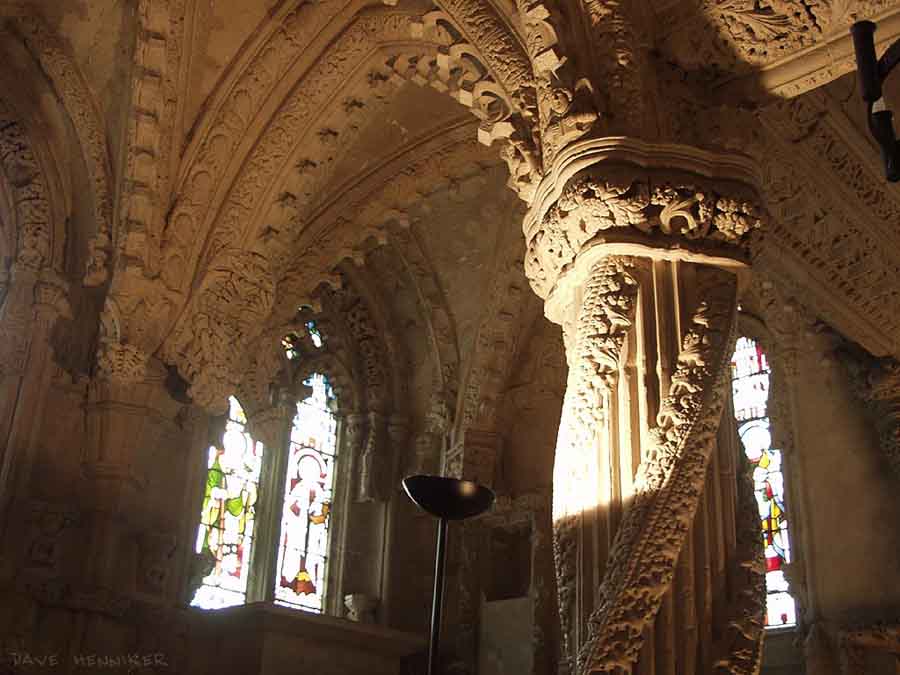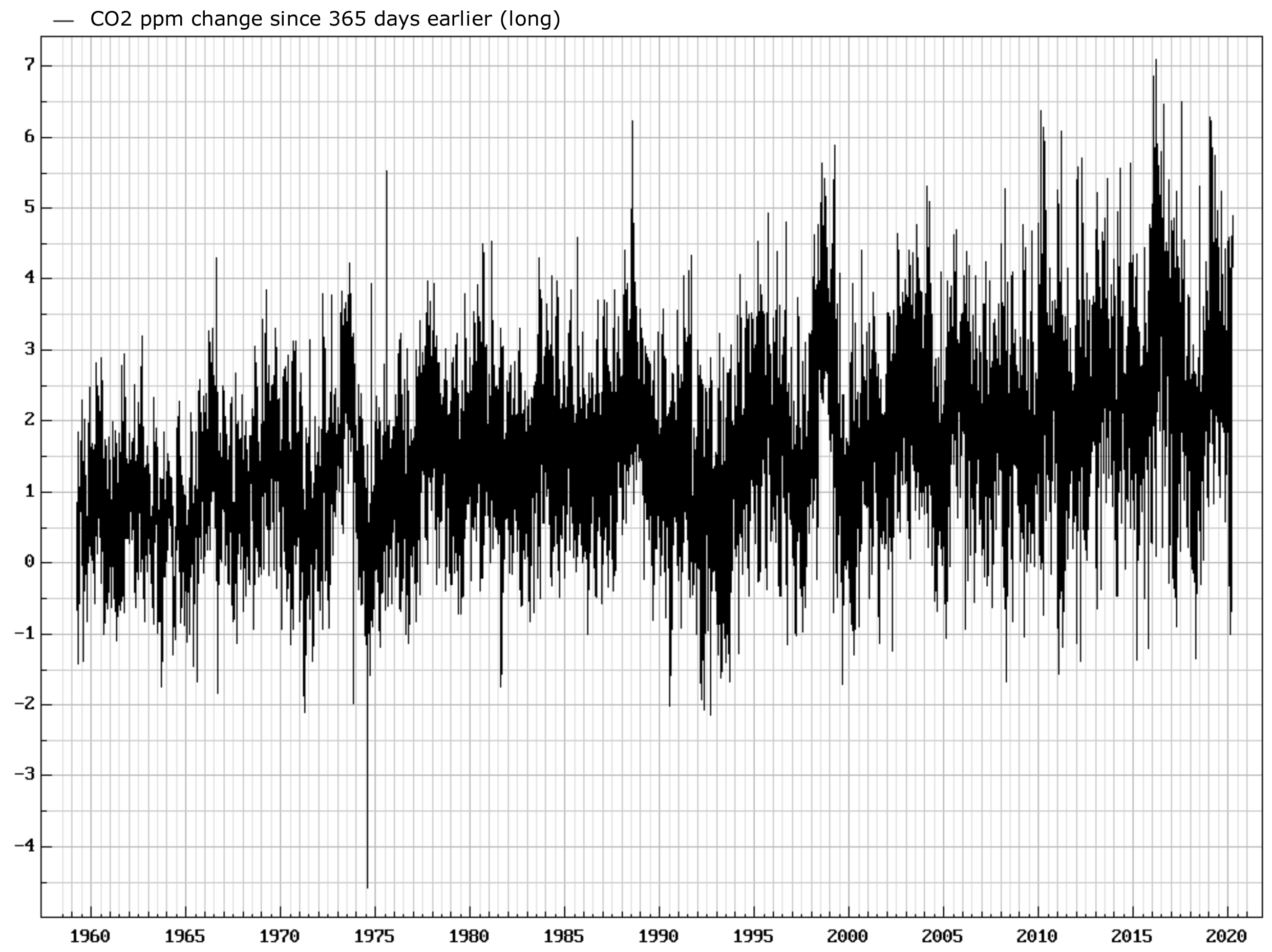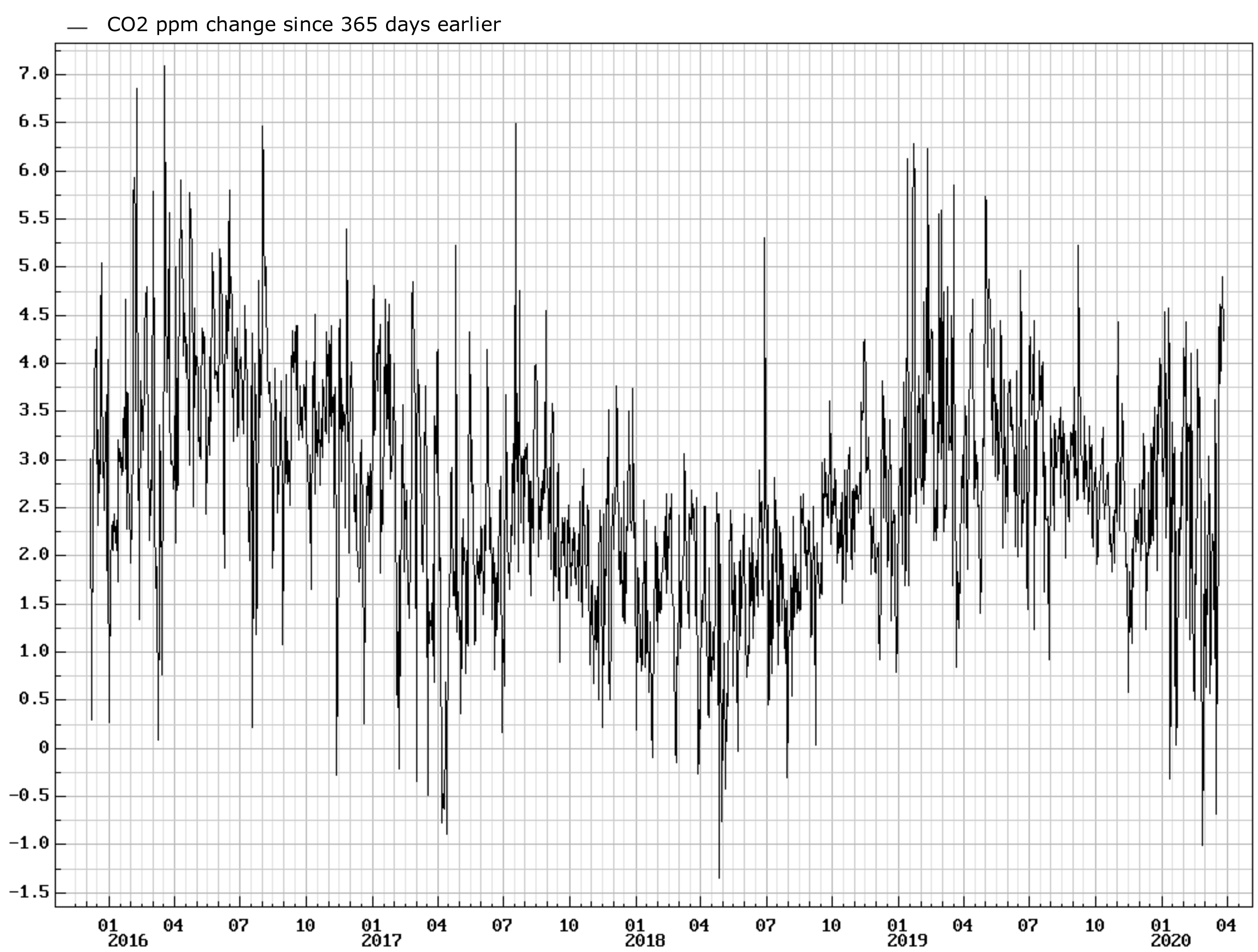My friend William Eric Green is a concert pianist and composer. He recently suggested on Facebook that there seemed to be a 125 year cycle in birth dates of composers (I should mention that he is also an expert at remembering birthdays):
A slightly geeky one for the composers …I’ve always been intrigued that Bach, Handel and Scarlatti were all born in 1685 (Rameau in ’83, Telemann a year or two earlier) then 125 years later Mendelssohn, Chopin, Schumann, Liszt, Verdi and Wagner were all born within 4 years of each other. Could there be some sort 125-year ‘famous composer’ cycle …? Going back to 1560, Gabrieli, Morley, Peri, Dowland, Bull and Sweelinck were all born between 1557 and 1562. One website of the Top 20 composers 1400-1600 (average 1 per 20 years) gives 3 of those above. Gosh. Going ahead 125 years from 1810 to 1935, composers born 1933-37 include – Penderecki, Gorecki, Maxwell Davies, Birtwistle, Schnittke, Kancheli, Part, Riley, Reich and Glass. Gosh again. So … then I drew a timeline then stabbed my pencil on random dates, looking for important composers 2 years either side, and got – 1720 (only Leopold Mozart); 1741 (Boccherini, Dittersdorf); 1826 (Bruckner, Smetana, Strauss, Foster) 1867 (Glazunov, Nielsen, Sibelius, Satie, Joplin) and 1923 (Piazzolla, Xennakis, Ligeti, Berio, Boulez). Admittedly, 1921-25 had some influential ones – as much as 1933-37? I noted that even the 3 years 1872-5 produced Scriabin, Vaughan Williams, Rachmaninov, Ives, Schoenberg and Ravel, which didn’t fit the pattern … then realised 1872/3 is exactly halfway between 1810 and 1935 (although other halfway points didn’t yield much).Being an astrological nosy parker, I dabbled in some of the horoscopes but couldn’t see anything significant. Am I showing undue bias anywhere? And any comment from universal cycles expert Ray Tomes?
This generated lots of discussion with other people also. Eventually I got a list of classical composers on Wikipedia.
William added a remark:
These were groups of significant composers who changed music in some way, rather than just composers per se
But I am unqualified to state who changed music, so I just went for dates when there were lots of composers born and few immediately afterwards. I added the purple lines to the Wikipedia chart to get this result.

The 5 purple lines are all close to125 years apart each, and agree very well with William’s dates. It seems that there really is a 125 year cycle in composers. I think that Raymond Wheeler had music listed in his big book and wonder if he had a cycle period mentioned?











